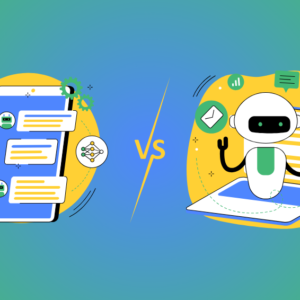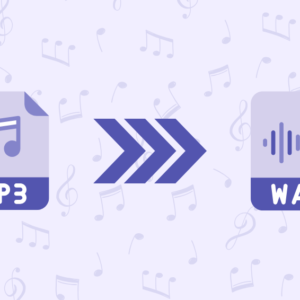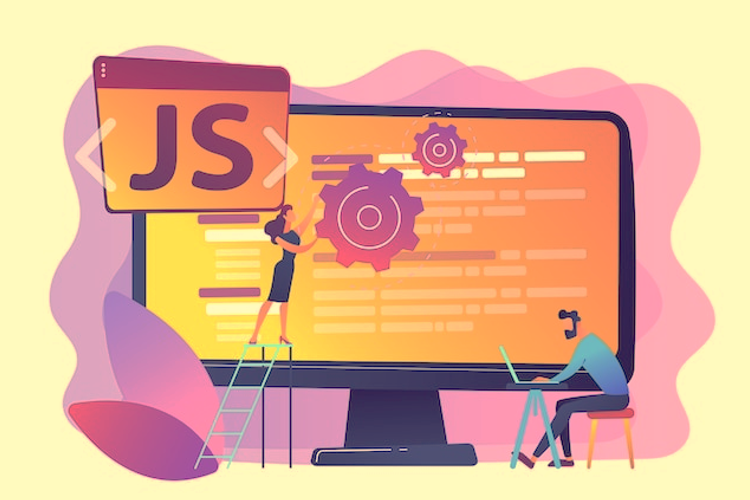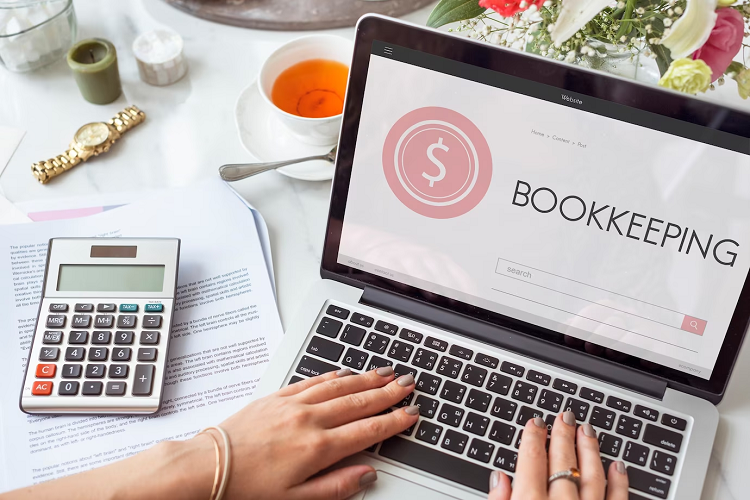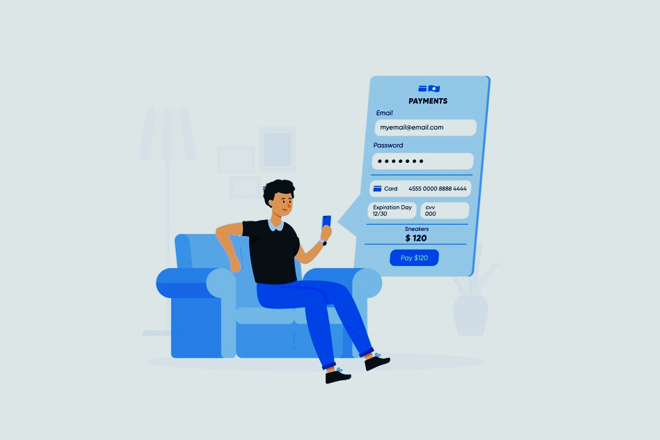In the world of digital connectivity and data security, Google Activity Permissions Controller stands as a fundamental tool safeguarding user privacy and control over their data. Understanding its functionality is not just commanding for tech followers, but for anyone navigating the digital landscape.
Here, we explore deep into the complexities of Google Activity Permissions Controller, unraveling its importance, features, and how it allows users to protect their online activities.
Demystifying Permissions Controller
Google, being one of the most important players in the tech industry, identifies the impact of user privacy and has initiated a tool called Permissions Controller to report these concerns in effect.
It is a procedure formulated by Google to give users with gritty control over their data privacy settings within different Google services and applications. It acts as a gatekeeper, granting individuals to control what information they share with Google and third-party apps.
The Role of Permissions Controller in Google Activity
Permissions Controller functions as a unified hub for controlling the permissions correlated with Google Activity. It allows users to control what data Google collects and how it’s used across different apps and services. By imposing granulated control over permissions, this feature alllows users in the driver’s seat when it appears to be safeguarding their privacy.
One of the key features is its capability to modify permissions on a per-app basis. Users can specify which apps have access to sensible info such as location, contacts, camera, and microphone. This level of control confirms that only trusted apps can access sensitive data, reducing the risk of unauthorized control.
Setting up the permissions is a straightforward process. Users can access it through their Google account settings and navigate to the Privacy section. From there, they can explore the various permissions categories and adjust settings according to their preferences.
The Essence of Google Activity Permissions Controller
Google Activity Permissions Controller acts as a doorkeeper, granting users the chance to manage the data they share with Google services, applications, and third-party platforms. This feature shows Google’s dedication to privacy and transparency, providing granulated control over their digital footprint.
Empowering User Privacy
With Google Activity Permissions Controller, users gain the autonomy to dictate which data points are accessible to various Google services and applications. This empowerment ensures that sensitive information remains confidential, mitigating concerns regarding data misuse or unauthorized access.
Streamlined Data Management
Centralizing data management, Google Activity Permissions Controller simplifies the arduous task of navigating through myriad privacy settings scattered across different platforms. By consolidating permissions in one interface, users can efficiently regulate their data sharing preferences, fostering a seamless and intuitive user experience.
The Core Features: Understanding Permissions Controller Essentials
App Permission Management
It simplifies app permission management, allowing users to tailor access rights according to their preferences. Whether it’s restricting location data or limiting camera access, users have the autonomy to customize permissions for each app seamlessly.
Permission Groups
With Permission Groups, this feature categorizes app permissions into logical clusters, facilitating intuitive management. This organizational structure empowers users to navigate through permissions effortlessly, ensuring a hassle-free experience.
Leveraging Permissions Controller for Optimal Security
Mitigating Data Breach Risks
Data violations cause a substantial danger in today’s digital age. Permissions Controller acts as a strong security mechanism, reducing the risk of unauthorized access to sensible data. By proactively managing permissions, users can fortify their digital fortress against potential breaches effectively.
Protecting Personal Information
Safeguarding private information is most important nowadays. Permissions Controller permits users to keep their privacy by controlling the data between apps and devices. This practical approach advances a secure digital environment for users.
Navigating Google Activity Permissions Controller: A Step-by-Step Guide
Accessing the Permissions Controller
To access Google Activity Permissions Controller,
- Go to your Google Account settings.
- Find the “Privacy & Personalization” section.
- Within this section, you’ll see the option to manage your data sharing preferences under the “Activity Controls” tab.
Managing Data Permissions
Once inside Google Activity Permissions Controller, you’ll bump into a plethora of options to manage your data permissions. From toggling location history to reviewing app permissions, each category proposes full controls to change your privacy settings according to your preferences.
Reviewing Activity Logs
Within Google Activity Permissions Controller, users can delve into detailed activity logs, providing a chronological overview of their digital interactions across various Google services and applications. This feature improves clarity and liability, permitting users to track and examine their data usage efficiently.
Which Permissions are Required for Pre-Installed Applications in Android Mobile?
The permissions involved for pre-installed applications on Android mobile devices can differ depending on the specific app and its functionality. However, there are certain permissions that are generally requested by pre-installed applications. Here are some examples:
- Camera: Some pre-installed apps may require access to the device’s camera to capture photos or videos.
- Contacts: Certain apps may need access to the user’s contacts to provide features like syncing contacts or making calls.
- Location: Location permissions may be requested by apps that offer location-based services, such as maps or weather apps.
- Microphone: Apps that require voice input or recording functionality may request access to the device’s microphone.
- Storage: Many apps need access to the device’s storage to save and retrieve data, such as photos, documents, or app-specific files.
It’s distinguished to note that the exact permissions presumed by pre-installed apps can be different, and users should thoroughly check the permissions wished by each app before granting rights to use. Android permits users with the facility to control app permissions and select which permissions to allow or deny for each app.
Please bear in mind that the list above is not complete, and the permissions needed by pre-installed apps can differ based on the app’s functionality and principle.
Why Should I Use Permission Controller?
The Permission Controller on Google Activity provides several benefits and reasons why you should use it:
- Control over App Permissions: The Permission Controller allows you to have control over the permissions granted to apps on your Android device. You can select which permissions to allow or deny for each app, such as camera, location, contacts, and more. This restrict make sure that apps only have access to the necessary information and features, improving your privacy and security.
- Customization and Personalization: By using the Permission Controller, you can customize the app permissions based on your preferences and needs. You can allow or cancel permissions for certain apps, ensuring that they have access to the data and device features that you are happy with.
- Transparency and Awareness: The Permission Controller provides transparency by allowing you to view and manage the permissions granted to apps on your device. You can simply investigate which apps have access to exact permissions and make informed decisions about allowing or cancelling permissions based on your understanding of how the app uses them.
- Enhanced Privacy and Security: By carefully managing app permissions, you can protect your privacy and enhance the security of your device. Allowing permissions only to trusted and required apps reduces the risk of unauthorized access to your private data and device functionalities.
- Adaptation to Changing Needs: The Permission Controller allows you to adapt app permissions to your changing needs over time. You can examine and change permissions as your control patterns or preferences evolve, ensuring that apps have the appropriate level of access to your data and device features.
Tips for Effective Use
To make the most of Permissions Controller, here are some tips:
- Regularly review and update permissions settings to reflect changing preferences and usage patterns.
- Be mindful of the permissions requested by new apps and consider whether they’re necessary for their intended purpose.
- Take advantage of features like app permissions prompts and notifications to stay informed about potential privacy risks.
Conclusion
Google Activity Permissions Controller appears as a beacon of authorization, presenting users exceptional control over their online privacy. By using its vigorous features and intuitive interface, users can navigate the digital landscape with conviction, recognizing that their data stays secure and their privacy upheld.
FAQs
How does Permissions Controller enhance privacy?
It allows users granulated control over app permissions, letting them protect sensitive data efficiently. By setting up permissions based on distinct preferences, users can mitigate privacy hazards and uphold extreme control over their digital footprint.
Can Permissions Controller improve user experience?
Definitely! It simplifies app permission controlling, improving user experience by offering unified functionality without negotiating security. By adjusting permissions, users can enjoy a efficient and more adapted digital experience.
Is Permissions Controller effective against data breaches?
Yes, Permissions Controller acts as a strong shield against data breaches by reducing the risk of unlawful access to sensible data. By proactively managing permissions, users can reinforce their digital security strength and mitigate potential breach risks effectively.
How do Permission Groups simplify permission management?
Permission Groups categorize app permissions into logical clusters, making it easier for users to navigate and manage permissions seamlessly. This organizational structure enhances user experience and facilitates intuitive permission management.
Can Permissions Controller protect personal information?
Indeed, Permissions Controller permits users to safeguard their private info by setting the permissions of data between apps and devices. By controlling permissions, users can preserve their privacy and mitigate the risk of data exploitation efficiently.
Is Permissions Controller user-friendly?
Yes, It is considered with user accessibility in mind, presenting native features and a user-friendly interface. With smooth navigation and easy integration, users can manage permissions effortlessly, improving both privacy and usability.

